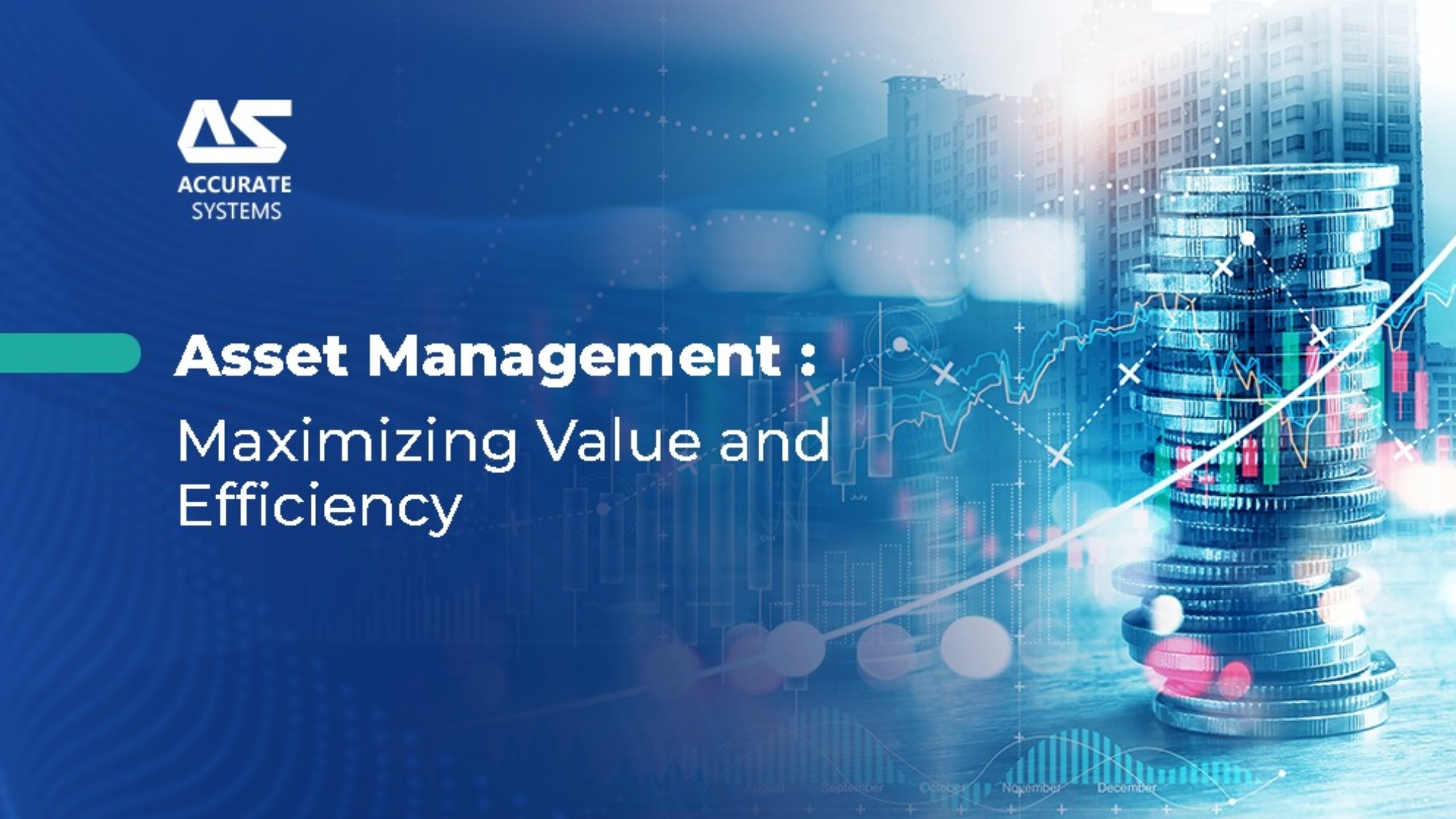Asset management is a critical discipline in the world of finance and business, dedicated to optimizing the utilization and performance of assets to achieve strategic objectives. These assets can encompass a wide range of items, from physical properties and financial investments to intellectual property and human resources. Effective asset management is essential for organizations seeking to enhance productivity, reduce costs, and ensure long-term sustainability.
Introduction to Asset Management
Asset management is the systematic process of acquiring, operating, maintaining, upgrading, and disposing of assets in the most cost-effective and value-maximizing way. This discipline applies to both tangible assets (e.g., buildings, equipment) and intangible assets (e.g., patents, trademarks(.
Key Components of Asset Management
- Asset Identification: The first step in asset management involves identifying and categorizing all assets owned or controlled by an organization. This includes tangible, intangible, and financial assets.
- Asset Lifecycle Management: Asset managers need to consider the entire lifecycle of assets. This involves planning for acquisition, maintenance, upgrades, and eventual disposal or replacement.
- Asset Tracking and Maintenance: Implementing systems to track the condition, location, and performance of assets is essential. Regular maintenance and repairs ensure assets operate at their peak efficiency.
- Risk Assessment: Assessing the risks associated with each asset, including financial, operational, and compliance risks, is crucial. This allows for proactive risk mitigation strategies.
Benefits of Effective Asset Management
- Cost Savings: Properly managed assets reduce maintenance and replacement costs, leading to significant savings.
- Optimized Performance: Well-maintained assets perform better and have a longer lifespan.
- Strategic Planning: Asset management enables organizations to align asset utilization with strategic goals.
- Compliance and Accountability: Effective asset management ensures compliance with regulations and accountability in asset handling.
- Data-Driven Decision Making: Asset management relies on data analytics to inform decisions about asset allocation and optimization.
Technology in Asset Management
Advancements in technology, such as the Internet of Things (IoT) and asset management software, have revolutionized the way organizations manage their assets. IoT sensors can provide real-time data on asset performance and condition, while software solutions enable centralized asset tracking and maintenance scheduling.
Asset management is a fundamental practice for organizations of all sizes and industries. By optimizing the use of assets, organizations can improve efficiency, reduce costs, and enhance overall performance. In an increasingly competitive and resource-constrained world, effective asset management is not only a best practice but a strategic necessity for long-term success.


